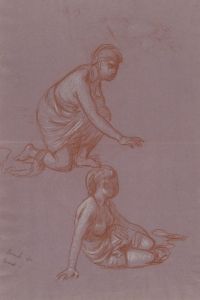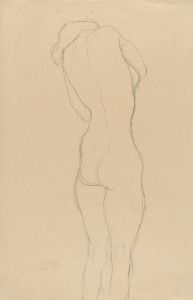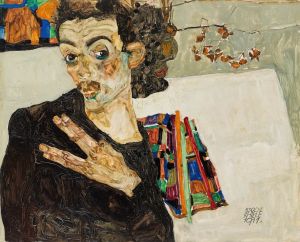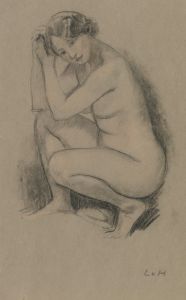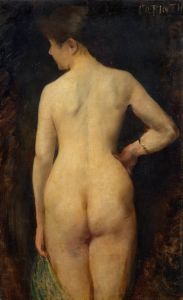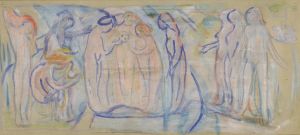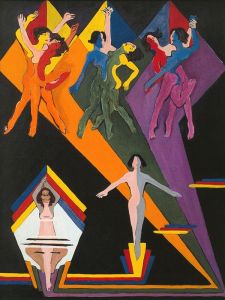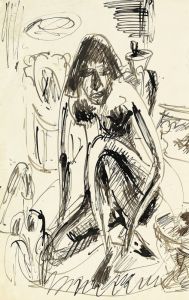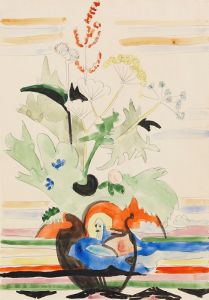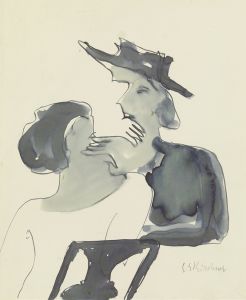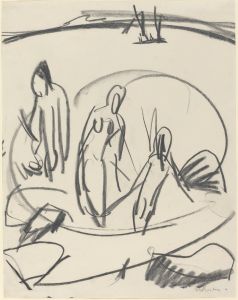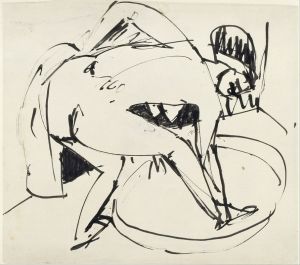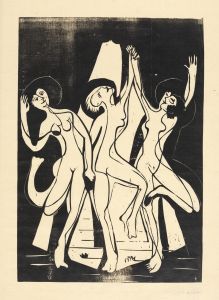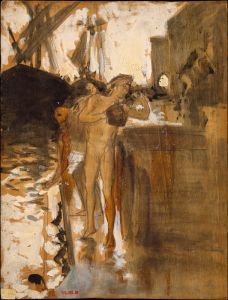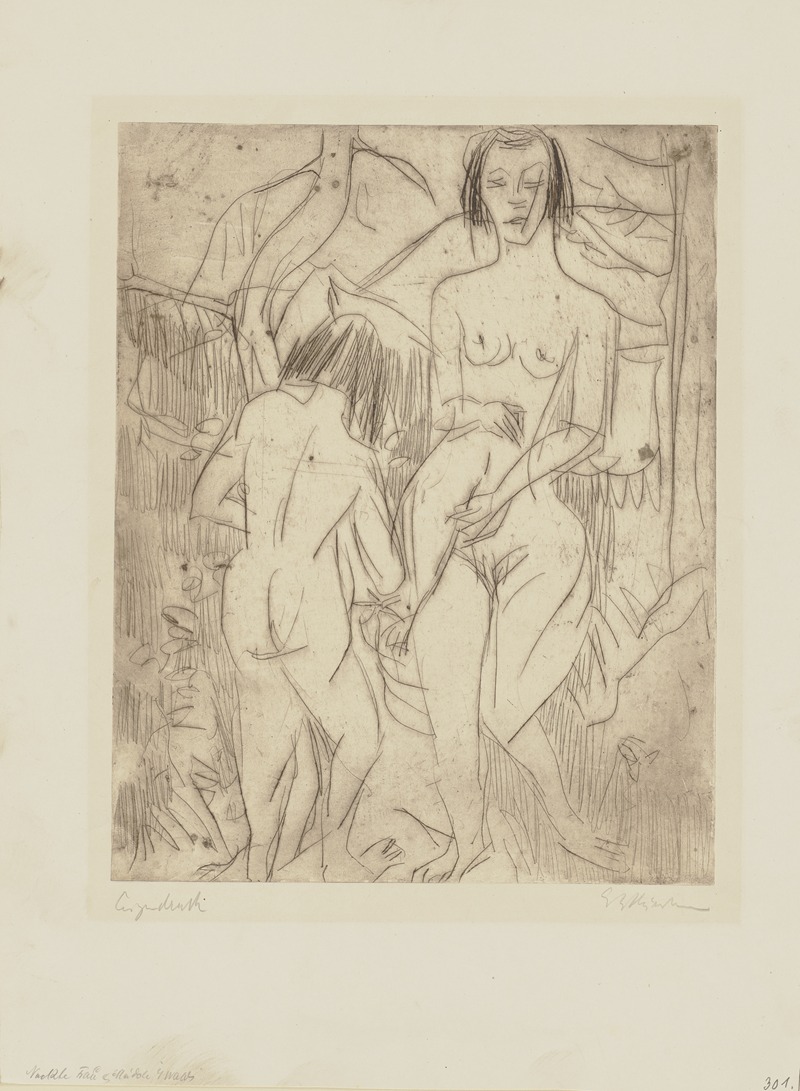
Nackte Mädchen
A hand-painted replica of Ernst Ludwig Kirchner’s masterpiece Nackte Mädchen, meticulously crafted by professional artists to capture the true essence of the original. Each piece is created with museum-quality canvas and rare mineral pigments, carefully painted by experienced artists with delicate brushstrokes and rich, layered colors to perfectly recreate the texture of the original artwork. Unlike machine-printed reproductions, this hand-painted version brings the painting to life, infused with the artist’s emotions and skill in every stroke. Whether for personal collection or home decoration, it instantly elevates the artistic atmosphere of any space.
Ernst Ludwig Kirchner was a prominent German expressionist painter and one of the founding members of the artist group Die Brücke, which played a pivotal role in the development of modern art in the early 20th century. Kirchner's work is characterized by its bold use of color, dynamic compositions, and a focus on the human figure, often exploring themes of modernity and the human condition.
"Nackte Mädchen" (translated as "Naked Girls") is one of Kirchner's works that exemplifies his expressionist style. Created during a period when Kirchner was deeply involved with Die Brücke, the painting reflects the group's interest in depicting the human form in a raw and unidealized manner. This approach was partly a reaction against the academic art traditions of the 19th century, which often portrayed the human body in a more classical and restrained style.
The painting "Nackte Mädchen" features a group of nude female figures, a common subject in Kirchner's oeuvre. His depiction of the human body is characterized by elongated forms, exaggerated features, and a sense of movement, which are hallmarks of his expressionist approach. Kirchner's use of color is particularly notable; he employs a vivid and sometimes jarring palette to evoke emotional responses and to convey the intensity of the scene.
Kirchner's work, including "Nackte Mädchen," often reflects his interest in the interplay between the individual and the modern world. The early 20th century was a time of rapid change and upheaval, with industrialization, urbanization, and shifts in social norms profoundly affecting people's lives. Kirchner and his contemporaries sought to capture the essence of this new reality, often focusing on themes of alienation, anxiety, and the search for authenticity in an increasingly mechanized society.
The setting of "Nackte Mädchen" is typically ambiguous, a common feature in Kirchner's work, which allows the viewer to focus more on the figures themselves and their emotional states rather than on a specific narrative or location. This ambiguity also serves to universalize the themes of the painting, making them relevant to a broad audience.
Kirchner's exploration of the nude form was not merely an aesthetic choice but also a philosophical one. The members of Die Brücke were influenced by the idea of returning to a more 'primitive' state, free from the constraints of modern civilization. This is reflected in their frequent retreats to the countryside, where they would live and work communally, often engaging in nude bathing and other activities that they believed brought them closer to a more natural and authentic way of life.
"Nackte Mädchen" is a testament to Kirchner's skill as an artist and his ability to convey complex emotional and philosophical ideas through his work. The painting is a striking example of expressionism, capturing the tension and dynamism of the early 20th century while also exploring timeless themes related to the human experience.
Ernst Ludwig Kirchner's contributions to art were significant, and his works continue to be studied and appreciated for their innovative approach and emotional depth. "Nackte Mädchen," like many of his paintings, offers insight into the mind of an artist who was deeply engaged with the world around him and who sought to express the complexities of human existence through his art.





